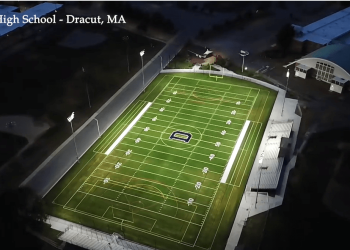The robots are coming!!!!!
Yes, they are coming to the airport near you.
Automation has taken over in many airports across the world.
The robots at Heathrow airport have started guiding passengers in Terminal 5. They can communicate with passengers in many languages. Terminal 5 has been the busiest terminal in London, with around 32.8 million passengers and 210,723 flights in 2018. With the launch of robots, passengers will be experiencing seamless service as the mundane tasks will be taken over by the robots. The head of innovation at BA, Ricardo Vidal, also stated that they are looking for innovative ways to use automation and make the customers enjoy a smoother and faster journey through the airport.
Automation has hugely changed the way airports function in all the areas of the operation. Be it from the luggage maneuvering, passenger services, or security services. As per the sources, by 2030, robots are expected to replace the check-in process. With the coming up of new technologies, passengers will see the complete transformation in all the flying experiences, including improving the overall services at the airport.
Robots have also found its way to the Mt. Fuji Shizuoka Airport, southwest of Tokyo. In April 2019, a security robot with a 360-degree camera and larger display, Reborg-Z, was launched at the airport. The robot communicated with many languages such as Korean, Chinese, Japanese, English, by using AI technology. It recognized the faces as well as any emergency signs such as screaming. With the smoke and fire sensors, it was enabled to communicate with other Reborg-Z units.
The worldwide rollout of robots
Heathrow and Tokyo are not the only airports to rollout robots. They have appeared in many places such as Seoul, LaGuardia, and Munich. As per the 2019 Air Transport IT Insights survey, robots have been part of the crucial projects for the significant programs at 14% of the carriers and 40% of airlines. In Japan, the leading maker of automation robots, at least six airports are planning for the robot trials. These include the ones which can clean and offer the towing services.
The challenges
There are specific challenges, which can surface while integrating the robot service in the process. Robots that are known to serve passengers are not always the right fit for airports or airlines. For example, Spencer, which is a human guidance robot, can scan the boarding pass and escort the passengers to the departure gates. The service didn’t work out as passengers still prefer interaction with a human service agent than automation. Robots have to become more mainstream for cutting down the cost and replacing the ground handlers. Many of the passengers, if they cancel the ticket, will still need a human agent for optimizing the rebooking process.




